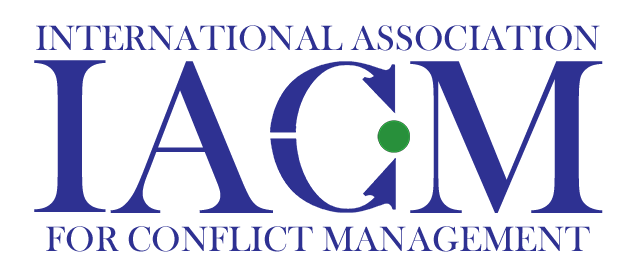Full Program »
Exploring Team Conflict Dynamics with an Agent-Based Model
Keywords: conflict orientations, organizational conflict, agent-based modeling, team dynamics
Abstract: Conflict is an ever-present part of organizational life, often negatively impacting organizational functioning and individual’s wellbeing. Coleman, Kugler, Bui-Wrzosinka, Nowak and Vallacher’s (2012) situated model of conflict in social relations is used as a framework to explore team members’ conflict orientations and how they change over time. The situated model proposes that conflict orientations are evoked through various combinations of three key dimensions of social relations: type of interdependence, relative power, and degree of interdependence. Agent based modeling (ABM) is used to simulate repeated interactions between team members to explore the impact of initial perceptions across the three dimensions and the effect of adaptivity on shifts in conflict orientations and outcomes. This current project builds on the work of Coleman, Kugler, Mitchinson and Foster (2013) by examining adaptivity as a dynamic process across more than two team members.
